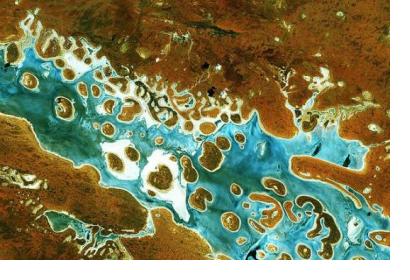The Copernicus Marine Environment Monitoring Service (CMEMS) has published a number of new free online tutorials on how to use the information services provided by it.
35 video tutorials covering a variety of topics from beginner to advanced level have been uploaded and can now be accessed by anyone interested in marine environment monitoring. Among them are videos on a range of satellite products with which it is, for instance, possible to learn more about sea surface temperature observation or ocean colour.
Furthermore, a new series of introductory videos on the Copernicus programme and its services is now available on YouTube. The videos range from providing a general introduction to the programme to explaining in detail how to download a subset of data. Additional information on how to access Copernicus data can also be found here.
The Copernicus Programme aims at developing European information services based on satellite earth observation and non space-based data. It adopts a full,free and open data policy its services address six main thematic areas including the CMEMS:
- Marine Environment Monitoring
- Land Monitoring
- Atmosphere Monitoring
- Emergency Management
- Security
- Climate Change
These services are based on data from the Sentinel satellites, a dedicated constellation of satellites developed to meet the specific needs of the Copernicus programme. The most recent addition to this constellation, the Sentinel-5 Precursor satellite, was launched into space on 13 October and will carry out atmospheric measurements.

